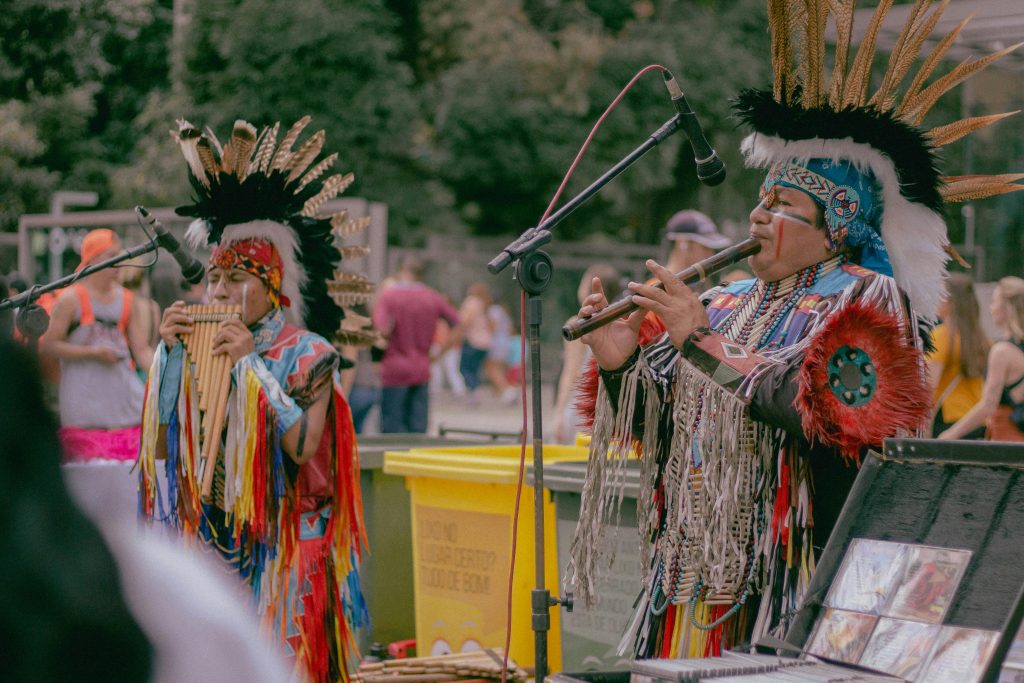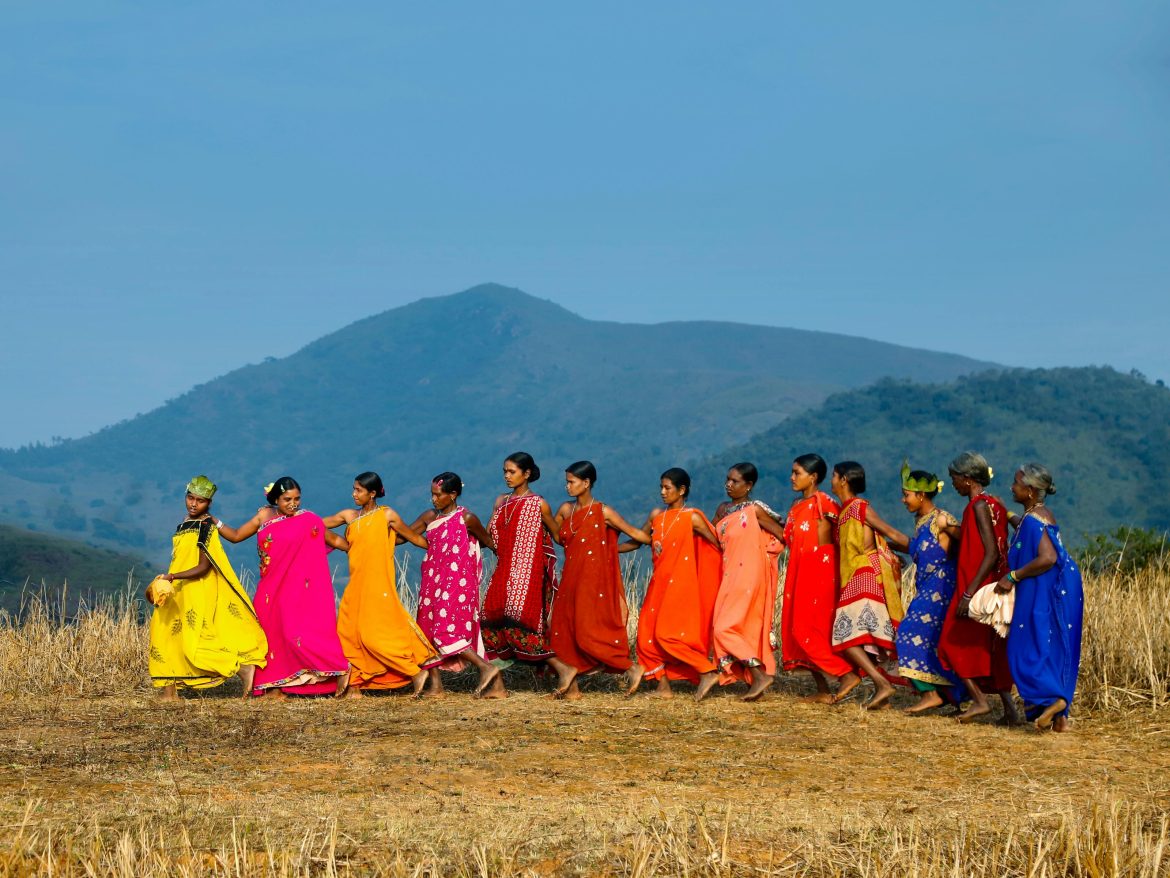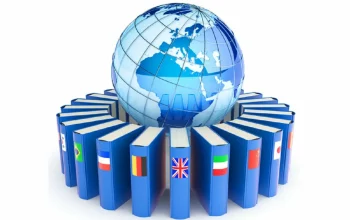How colonialism may have affected native languages is probably a matter with which a person of Indigenous descent feels close to home. My forebears spoke Quechua, an ancient tongue descending from the Andes, but centuries of Spanish colonizer oppression had almost put out this rich linguistic heritage from my family line. This is a troubling history that Indigenous peoples all over the world share.
The Scale of Destruction From the 15th century, European colonization launched a linguistic catastrophe, the magnitude of which is hard to conceive. It is estimated that at least half of the world’s languages were rendered silent in just 500 years because of colonial policies and expansion. This vast loss has deprived humanity of precious pieces of its cultural mosaic.
Complex Urdu
The Urdu language is one of the more subtle models of how colonial influences can change language. An offspring of northern India’s Persianized Hindustani, the Urdu language was supported by Britain’s colonial powers in the mid-19th century as the official tongue of the land for India’s Muslim residents. This move led to suppressing local language use in favor of Urdu. In the new age post 1947, when India gained independence, Urdu was established as Pakistan’s national language while Hindi was recognized as the national language of India.
For example, this English to Urdu translator app could provide vital support in some of the less commonly spoken languages, thereby guaranteeing continuous use and access within the globalized world.
Reasons against Prohibition
Among the tools of this suppression are language bans, often enforced by laws and edicts. Native tongues, from the colonizers’ perspective, are crass blocks against economic and religious conquest. For instance, speaking in an indigenous language, such as Nahuatl in Mexico during the 1770s, came with severe punishments, including public floggings or imprisonment.
Residential Schools
Another subversive move was to take Indigenous children from their communities and put them into schools, where they would be disciplined into submission for using their mother tongues. The most infamous residential school system in Canada had been working for more than a century and only shut down in 1996.
The colonial powers predominantly and intentionally favored European languages—namely, English, French, and Spanish—in administration, education, and commerce. On the other hand, the indigenous languages were not given an official backing and prestige that could save their fate from acceleration to extinction.
Social Responsibility
The suppression of these languages inflicted deep psychological wounds that still fester today. Elders who attended residential schools would often refuse to pass their native tongues to their children to protect them from such abuse. This tragic choice severed the crucial intergenerational transmission of languages.
Language Extinction
The colonial onslaught, not surprisingly, set off massive waves of language extinctions among indigenous peoples. Of the 300-odd aboriginal languages reckoned to be spoken in pre-settler Australia, a mere one-fifth are still heard, and most of these are at-risk. Such patterns of loss were repeated in the Americas, Africa, and Asia.
Cultural Erosion
The loss of an indigenous language is way more than words and grammar, for when a language dies, so does its carrier—the irreplaceable little cultures, little traditional knowledge, and unique worldviews. That leaves the whole range of human diversification and understanding impoverished.
Indigenous Resilience
Even with this devastating impact on indigenous communities, colonization never stopped people from trying to continue holding on to their language and heritage. The revival of the Native American languages, like Navajo, the resurgence in Te Reo Māori in New Zealand—all these developments help keep the ancestral tongues alive at any cost.

Nature of technology
The digital age has explored fresh territories in the initiative to preserve indigenous languages. Apps, online lessons, and multimedia databases assist in documentation, learning, and intercommunication among speakers of endangered languages around the globe. Tools like the Lingvanex translator help in accessing and mastering such languages for them to survive. Social media also allows people from widely dispersed Indigenous communities to share and interact with linguistic resources.
Government Recognition
Over the last few decades, some governments have made positive progress in recognizing and revitalizing the indigenous languages repressed by colonial policies. New Zealand gave official status to te reo Māori; Bolivia made all indigenous languages co-official in 2009. Such measures are crucially important for the empowerment of marginalized linguistic communities. What Lies Beyond? This said the destruction left behind in indigenous languages through the legacy of colonialism cannot be turned back, but the way is now clear to a complete rebirth via good revitalization programs. This will, however, demand continuous efforts, funding, and sensitivity to respect different cultures, and, of course, it would be about attending to the amplification of voices for a period during which colonialism has done all in its power to mute. Our human tapestry hangs in the balance.




